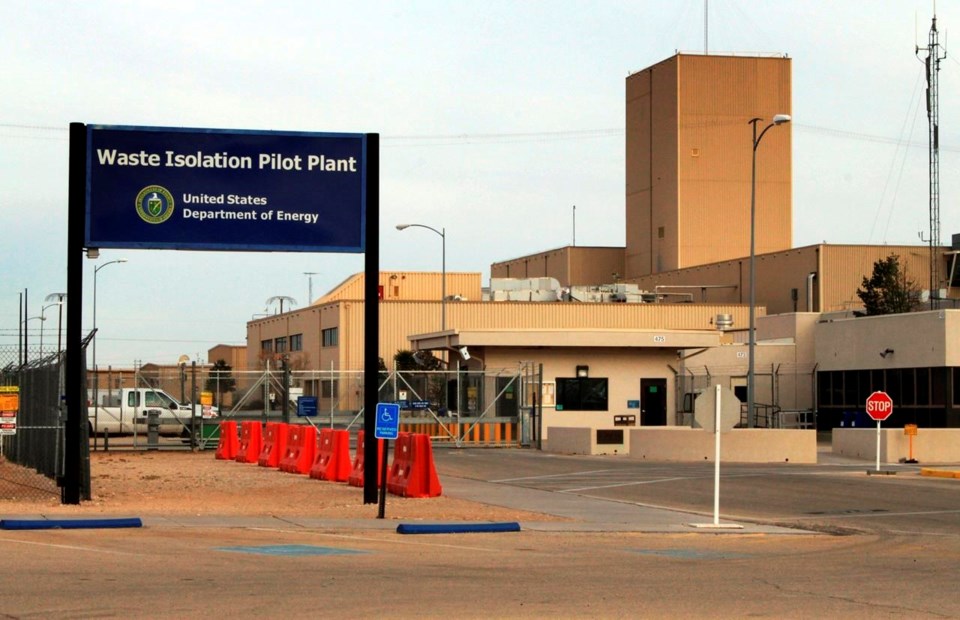ALBUQUERQUE, N.M. (AP) — Workers at the nation’s only underground nuclear waste repository have started using a newly mined disposal area at the underground facility in southern New Mexico.
Officials at the Waste Isolation Pilot Plant made the announcement this week, saying the first containers of waste to be entombed in the new area came from Oak Ridge National Laboratory in Tennessee — one of the many labs and government sites across the country that package up waste and ship it to WIPP.
Known as , the new area consists of seven separate rooms for placing special boxes and barrels packed with lab coats, rubber gloves, tools and debris contaminated with plutonium and other radioactive elements.
Each room measures 33 feet (10 meters) wide, 16 feet (4.9 meters) high and runs the length of a football field minus the end zones.
Carved out of an ancient salt formation about half a mile (0.8 kilometers) deep, located outside of Carlsbad received its first shipment in 1999. The idea is that the shifting salt will eventually entomb the radioactive waste left from decades of bomb-making and nuclear weapons research.
In 2014, a fire and separate radiation release forced a nearly three-year closure of the repository and a costly overhaul of the policies and procedures that govern WIPP and the nation's multibillion-dollar cleanup program for Cold War-era waste.
Operations had to be reduced after the repository reopened because areas of the facility were contaminated and airflow needed for mining and disposal operations was limited. Now, a multimillion-dollar project is underway to install a new ventilation system, and state regulators are considering a permit change that have said could lead to expanded operations.
The state Environment Department's Hazardous Waste Bureau this month aimed at ensuring the public has opportunities to comment on modifications or permit renewal applications.
Sean Dunagan, president and project manager of Nuclear Waste Partnership, the contractor that manages the repository, said in a statement that operations already have become more efficient with the new panel.
Creating a panel requires mining nearly 160,000 tons of salt, and it takes about 2 1/2 years to fill it with waste. For example, Panel 7 is filled with 20,056 containers, with most of them being 55-gallon (208-litre) drums.
Susan Montoya Bryan, The Associated Press




